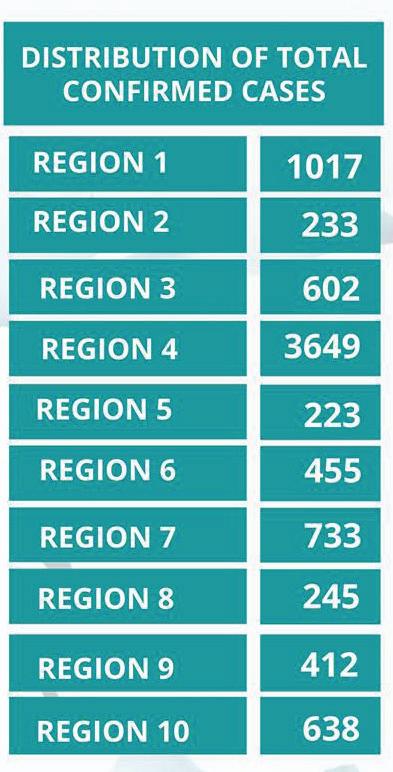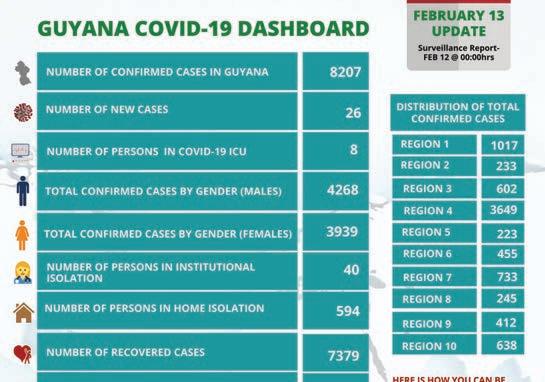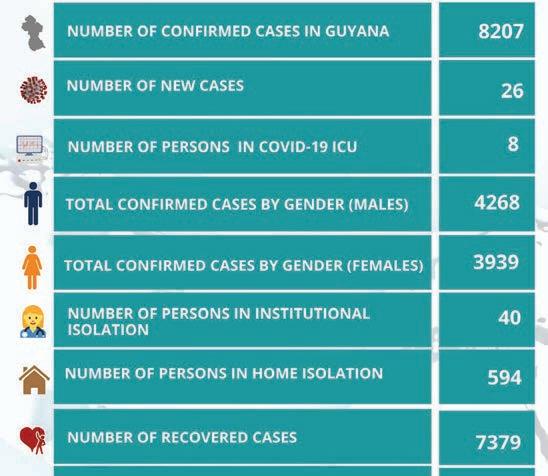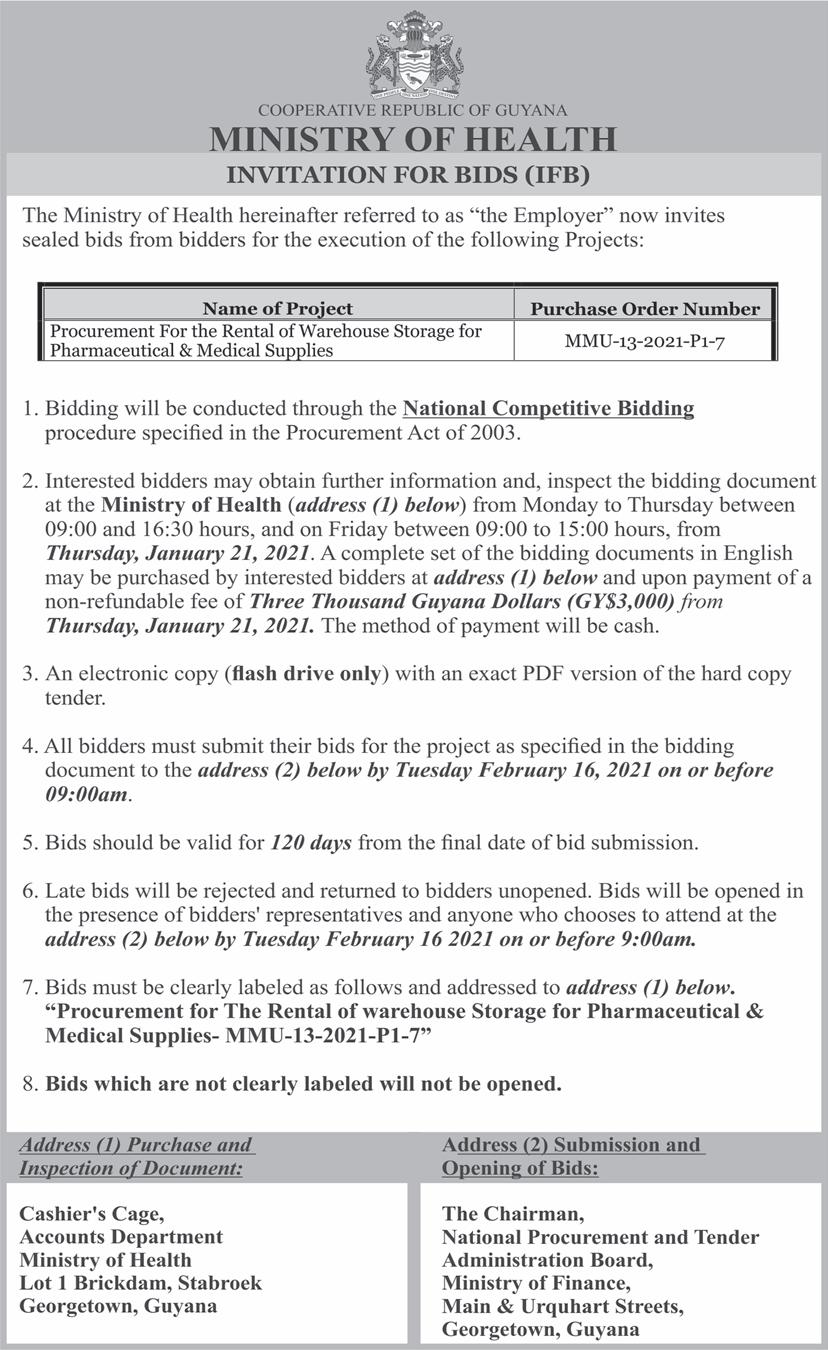
4 minute read
in 1 week P
The value of meaningful stakeholder engagement
Public participation involves you! This was the theme of last week's article. Public participation is integral to the operations of the Environmental Protection Agency, and as we had learnt last week, this can take various approaches. This week, we want to focus on the value of stakeholder engagement, a critical approach to public participation.
What is stakeholder engagement?
This is the process by which companies communicate and get to know their stakeholders. By getting to know them, companies are able to better understand what their stakeholders want; when they want it; how engaged they are; and, more so, how the companies' plans and actions will affect both long- and short-term goals of stakeholders.
In the environmental arena, stakeholder engagement is an important ingredient for successful project delivery. However, it is often regarded as a fringe activity, or one that can be outsourced to business-as-usual functionaries. Project managers depend on people to respond to the outputs and benefits that they deliver. People will respond only if they are engaged. Stakeholder engagement includes ways to attract and involve individuals, groups, and organisations which may be affected by a project, or may affect the project. Engagements can take many different forms, including print media, television and radio programmes, virtual platforms, physical engagement, focused group meetings, public scoping and disclosure meetings, one-on-one consultation etc.
How does Stakeholder Engagement differ from Public Participation?
Stakeholder Engagement is the practice of influencing a variety of outcomes through consultation, communication, negotiation, compromise, and relationship building, thus making an arrangement for stakeholders to be present and involved. On the other hand, Public Participation allows individuals, groups and organisations’ involvement as optional. In other words, stakeholder engagement is more thorough and intentional.
The importance of stakeholder engagement
The successful completion of a project usually depends on how the stakeholders view it. Their requirements, expectations, perceptions, personal agendas and concerns will influence the project, shape what success looks like, and impact the outcomes that are to be achieved.
Meaningful stakeholder engagement is an essential part of professional project management. It not only applies to projects, but even when you are starting a business, the feasibility study is important; connecting with your potential partners, suppliers and customers would help to determine the success of failure of your business. Stakeholder engagement provides for several benefits, including:
1. Clear communication and education; 2. Effective decision making; 3. Building trust and capacity; 4. Economic and cost-efficient management; 5. Risk management; and 6. Accountability.
SUNDAY, FEBRUARY 14, 2021 | GUYANATIMESGY.COM 225 COVID-19 cases detected in 1 week
In one week, Guyana recorded a whopping 225 cases of the novel coronavirus in addition to six fatalities.
The Health Ministry shared on its updated dashboard that 26 cases were reported on Saturday, which raised the total confirmed cases to 8207. These new cases emerged from 327 swab samples.
Apart from the 186 deaths, there are eight patients in the designated Intensive Care Unit with 40 persons in institutional isolation, 594 in home isolation and 28 in institutional quarantine.
From the 4268 males and 3939 females that contracted the virus thus far, 7379 have completely recovered. Consequently, there are 642 active cases remaining. Guyana has man-

aged to test 54,873 people since the virus was detected locally. In one week, 2398 tests were sent for analysis.
New cases
A breakdown showed that new cases were recorded in six administrative regions. This translates to one in Region One (BarimaWaini), three in Region Three (Essequibo IslandsWest Demerara), 17 in Region Four (DemeraraMahaica), three in Region Five (Mahaica-Berbice), two in Region Seven (Cuyuni-Mazaruni) and one in Region Eight (PotaroSiparuni).
The cases in Regions Two (Pomeroon-Supenaam), Six (East Berbice-Corentyne), Region Nine (Upper Takutu-Upper Essequibo) and 10 (Upper DemeraraBerbice) remain at 233, 455, 412 and 638 respectively.
Guyanese have been asked continuously to follow the outlined national measures, which were implemented by Government to curtail widespread infection.
While some may experience little to no symptoms, others can contract the worse form of the virus that lingers months after recovery. Data shows that the infection can affect the brain, digestive system, respiratory system, kidneys and skin.
The World Health Organisation has pointed out, “For some people, some symptoms may linger or recur for weeks or months following initial recovery. This can also happen in people with mild disease. People are not infectious to others during this time. Some patients develop medical complications that may have lasting health effects.”
Additionally, mostly older persons have been succumbing to the virus since comorbidities increase the risk of developing a worse form of the virus. Persons in this bracket have been asked to continue taking their respective medications or treatment to control their condition. Next, the preventative measures and guidelines to protect against the virus must be adhered to.
Symptoms of the coronavirus include fever, cough, tiredness, diarrhoea, pains, sore throat and loss of taste or smell. The more serious symptoms are difficulty breathing or shortness of breath, chest pain and loss of speech or movement. If persons are experiencing symptoms or have been in contact with a positive person, they are asked to contact the COVID-19 Hotline 231-1166, 226-7480 or 6246674 immediately or visit www.health.gov.gy. (G12)





